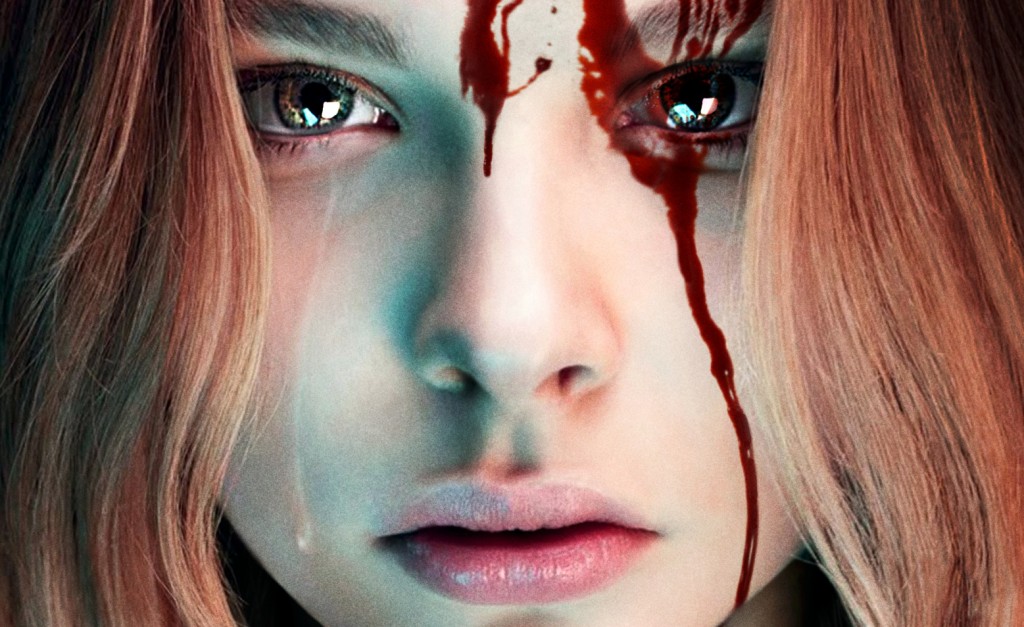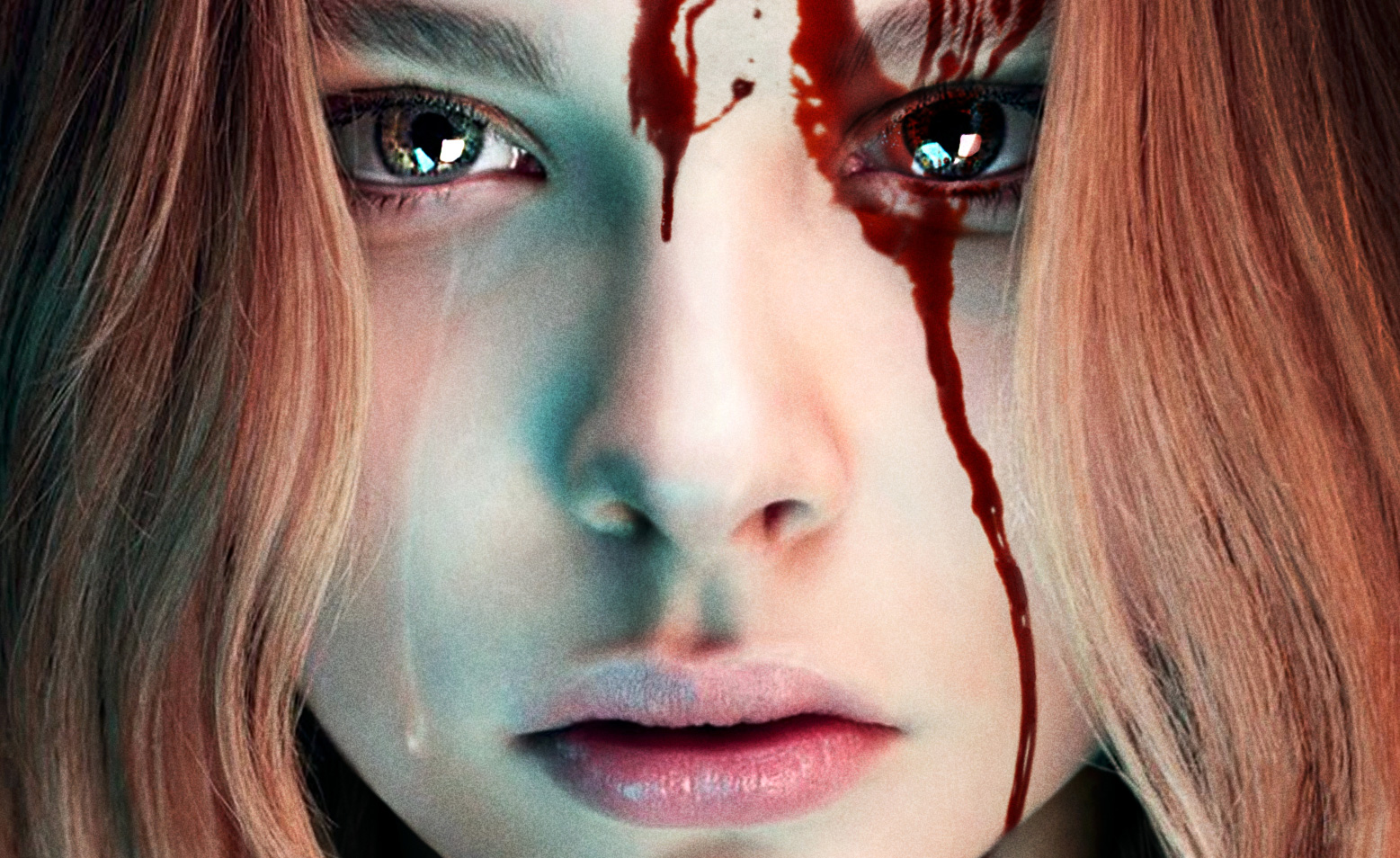Print Edition: October 23, 2013

Kimberly Peirce’s remake of Brian De Palma’s Carrie is, like many recent remakes, lied about as a re-adaptation of the book by Stephen King. It is a slight update of De Palma’s film, with a few concessions to digital modernity, but curiously does little to lessen the underlying escalation of emotion and violence in the story, which is usually taken as a reason to critique De Palma’s original as “camp.”
Watching De Palma’s film today, it’s actually easier to forgive some of its flaws, which can be chalked up to time, a benefit Peirce’s remake does not have. Slight anomalies carry over: we can accept how a religious fanatic upbringing can result in ignorance about sex, puberty, and public life, but not in a world where the internet exists, and we can accept how a teacher might attempt to take a student under their wing, coaching and mothering her to prom, but not as easily in a modern age of lawsuits and regulations regarding teacher-student contact. For Peirce, this is a return to studio directing after 14 years. She’s been on the outside since Boys Don’t Cry, and where that movie had a knowledge, a perfect sense of its characters, Carrie feels slightly out of touch. Aside from a revised version of the original’s tuxedo-and-dresses shopping montage, amusingly direct in its use of Vampire Weekend’s “Diane Young,” there isn’t much life to the film’s supporting cast, any humour or personality to make it seem like there’s much of a world to be frustrated with.
In De Palma’s world, high school is a tragic opera of mockery, blood, and tears. While the original Carrie can get categorized as a horror movie, it’s first a great teen movie, and has lost none of its stinging immediacy. Though today’s language of necessary hyperbole to get any point across online or in person would seem to translate well to this story, it’s De Palma’s original that has the more cutting humiliation moment to moment that draws us into what Carrie does. In the remake, there’s no sense that the upload of a video has any more effect on Carrie than the usual traffic of gossip, it’s arguably more removed, and Peirce does the same visually. Rather than the grandiose, worst thing to ever happen to each of its characters, life is isolated, rote, were it not for the introduction of supernatural powers.
Peirce’s version lunges for horror movie staples, rather than the horror of high school. It’s an exhibit of a teen movie, anticipating its violent revenge (from its title card, no less), cutting quickly through scenes de Palma dwelt on, removing the stronger subjective link to Carrie through an out-of-place prologue, and piling on irony by changing the dynamics of the movie’s one classroom scene. Carrie, instead of freezing up when called upon, now reads a personal fire-and-brimstone teaser in poetic form in front of the class, which, along with all the can’t-wait crashing special effects that follow Carrie from room to school, makes the movie monotonous, rather than one that builds to tragedy. With De Palma, the undercurrent was never in doubt, but in Peirce’s remake, it’s less a story of awakening and the terror of growing up than one of the introvert getting to fuck up the popular crowd.
The point of this remake, if there is one, is that standards change with the times, and this movie revels in the damage Carrie deals. While De Palma is usually limited in discussions due to his status as a genre director, his splitscreen in the climactic scene not only brought panic and confusion, but literally divided between the view of a detached possession of violence and the fear of young foolishness exposed and dragged towards judgment. Peirce’s version is single-minded, packing a compendium of ways to kill young people into one scene, and counting on its not-really-inventive ways to get a rise. Rather than a disturbing finale to a toxic environment, the remake pitches the front end of the prom scene as a dull, sweet nothing, and the rest as business-like elimination.
As faces thrust through windows in slow motion, it becomes clear that the anti-heroization of Carrie both amplifies what De Palma intentionally left dormant for the most part in his film (that movie’s high-point, arguably, is the dancing and voting and tension of the prom), and makes the movie’s uncomplicated end a blunder, both failing to address the real-world connections Peirce fleetingly wants to make, and leaving something potentially great in disarray.


